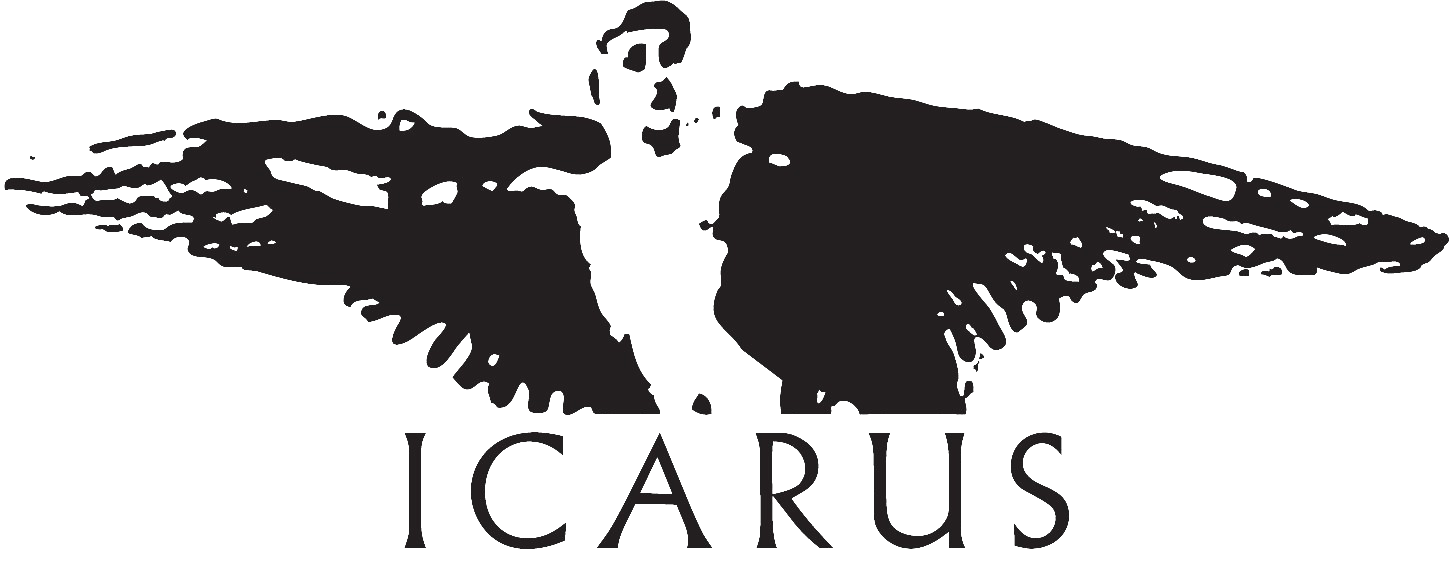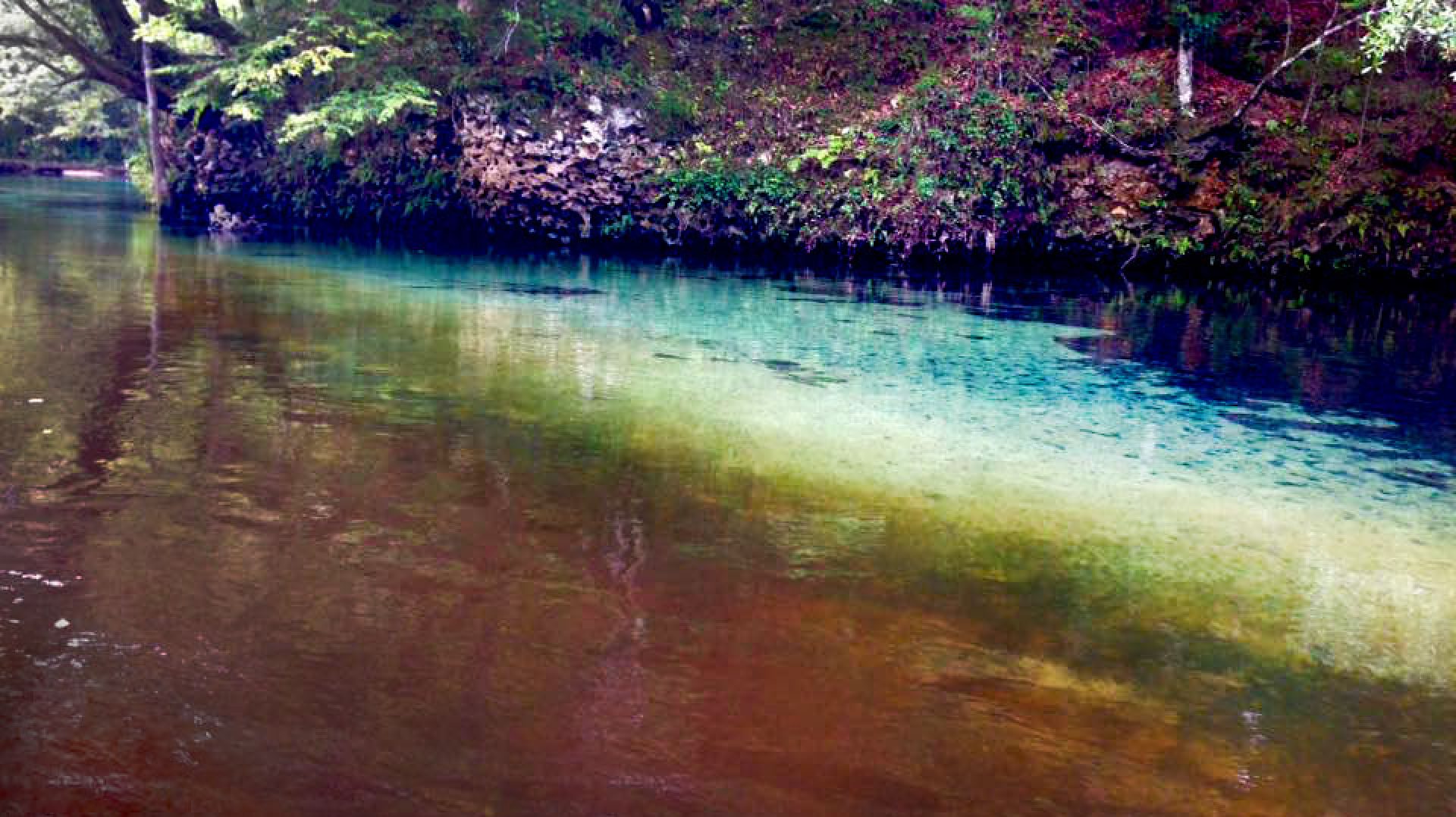In 2002 Icarus’ Principal, Thomas Estes, began the identification and permitting of two regionally significant mitigation banks totalling over 8,000 acres for The St. Joe Company. Permits were obtained in 2004 and construction began in 2006. As Director of Regulatory Affairs and Conservation for The St. Joe Company, Mr. Estes designed and obtained all environmental entitlements for both Banks. In addition, he was the lead of the QMS team, accountable and responsible for Bank success to the Corps of Engineers and FDEP. An original surface water study done by an engineering firm in 2003 was re-evaluated under the direction of Mr. Estes utilizing a more robust dataset created from a piezometer array outfitted with continuous data recorders. After three years of monitoring, the data was used to construct a GEISSHA model of onsite hydraulics. The results showed that the original costly ditch and road removals were not necessary. In 2009 Mr. Estes re-permitted in their entirety, both Banks in order to increase the service areas, modify the hydrologic restoration plans, and convert both banks to UMAM. ‘
 In 2010 an active marketing plan was put in place by Mr. Estes and by 2013 revenues rose by over 2M combined. Early after the issuance of the original permits, Devil’s Swamp and Breakfast Point were used by the U.S. Army Corps of Engineers in their nationwide training modules for mitigation banking. In 2009, Breakfast Point was selected by FDEP as a central feature of their commissioned documentary, The Florida Water Story. To this day, Icarus remains under contract with The St. Joe Company for advisement on both banks
In 2010 an active marketing plan was put in place by Mr. Estes and by 2013 revenues rose by over 2M combined. Early after the issuance of the original permits, Devil’s Swamp and Breakfast Point were used by the U.S. Army Corps of Engineers in their nationwide training modules for mitigation banking. In 2009, Breakfast Point was selected by FDEP as a central feature of their commissioned documentary, The Florida Water Story. To this day, Icarus remains under contract with The St. Joe Company for advisement on both banks


